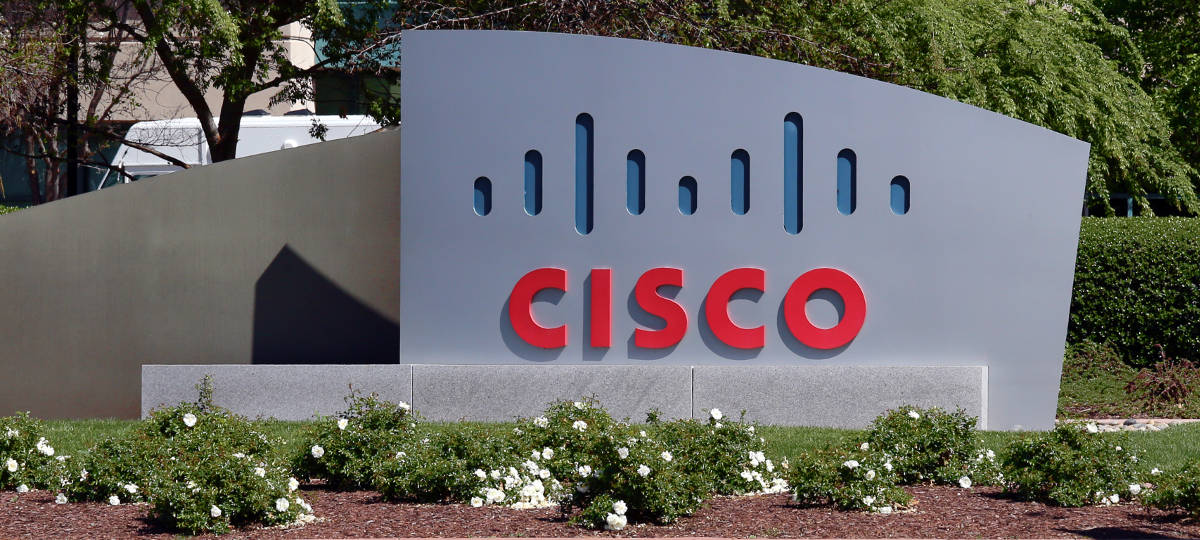The FTTH/B market remains at an early stage in the LATAM region: at end 2015, there were 3.65 million subscribers and 20.1 million Homes Passed in the 16 countries analysed in the panorama. Most countries are still focusing on the expansion and availability of traditional Broadband throughout their whole territory. The region is also facing economic difficulties: the disparity is not only between countries, but also inside countries, which can explain why Superfast Broadband is not a priority yet.
One of the main characteristics of the region is its heterogeneity: the involvement of national authorities differs a lot from one country to another as they include or not the telecommunications infrastructures in their overall development strategy. On the regulatory side, there are no specific rules devoted to the enhancement of superfast Broadband in general and FTTH/B in particular.
At end 2015, the largest FTTH/B market in LATAM is Mexico, which now slightly overpasses Brazil with 1.29 million subs (vs 1.25 million subs in Brazil). Both countries represent more than 69% of the regional number of subscribers, which is representative of the demographics. Another country showed a very interesting growth, Colombia, which now counts more than 1.3 million Homes Passed and 150,000 subscribers.
On the largest markets, competition seems to have had a positive impact and really enhanced FTTH players to enlarge and/or accelerate their rollouts. This is for instance the case in Brazil, Argentina, Mexico, and Chile. The kind of players involved in FTTH can also be quite different when comparing the countries. In some cases (Argentina, Mexico, Chile, Uruguay…), the incumbents play a key role and are really active in this new market. But in most cases, the first rollouts have been initiated by small private players, focused on limited areas, at least in the short/medium term. As an example, the Mexican market grew significantly during 2015, with +46% subscribers: the competition between two leading players, Telmex on one side and TotalPlay on the other side, seems to positively drive the market. On its side, the Brazilian market grew a little bit less (+ 32% subs) and is also driven by the strong involvement of national players, but also of small players rolling out in very located areas.
Since 2013, we have seen the emergence of pan-regional players, in particular when coming to the Caribbean islands. Cable & Wireless Communications, through its brand name LIME, is a leading player in Barbados and Jamaica, where it is involved in FTTH rollouts. Another player was cable operator Columbus Communications, which operated under the brand name Flow in Barbados and Jamaica but also in Grenada ad Trinidad & Tobago. At beginning 2015, Cable & Wireless acquired Columbus Communications and decided to provide its Superfast Broadband services under the Flow brand in most markets. Even if Docsis 3.0 is the main infrastructure, the cableco also rolled out some FTTH networks in small areas.
In larger countries, we can of course mention Telefonica Group, which applies a strategy dedicated to each market where it is present. Then, America Movil is another important LATAM player through its brand Claro. America Movil is also deploying both FTTLA+Docsis 3.0 and FTTH networks, depending on the concerned country.
The involvement of such kind of pan-regional players could represent a great opportunity for the enhancement of FTTH/B in the region as, even if not obvious for the moment, they could decide to adopt a common strategy on the different market, one supporting another…
Generally speaking, the LATAM region has a strong potential for FTTH, because of its demography and the dynamism of its real estate market. But it also encounters difficulties due to the fact that the international interconnectivity is not always efficient. For instance, in Bolivia, the international interconnectivity is undersized, which has an impact on the real capacities that ISPs are able to provide to their customers.
However, we have seen very positive signs for FTTH since 2013: the growths in terms of both coverage (Homes Passed) and take up rate (subscribers) are impressive (respectively +46 and +57% in 2014, then +27% and +39% in 2015).The FTTH offering seems to have encountered a great success towards end users. Most players provide Triple Play services that include TV services. And several players have launched 1 Gbps solutions few months ago now.
When comparing the LATAM region with other ore mature ones in the world, it is obvious that the potential is very high because the market is at its very early stage. But it is also noteworthy to mention that, in terms of penetration rates (number of subscribers on total numbers of households in a country), 9 LATAM countries have entered the global ranking as of September 2015, with rates from 1.76% (Brazil) to more than 47% (Uruguay, where the penetration rate is even higher than in the leading European countries in the ranking).
By IDATE DigiWorld Research
—
Image: Optic fiber by © Gualtiero Boffi va Shutterstock















